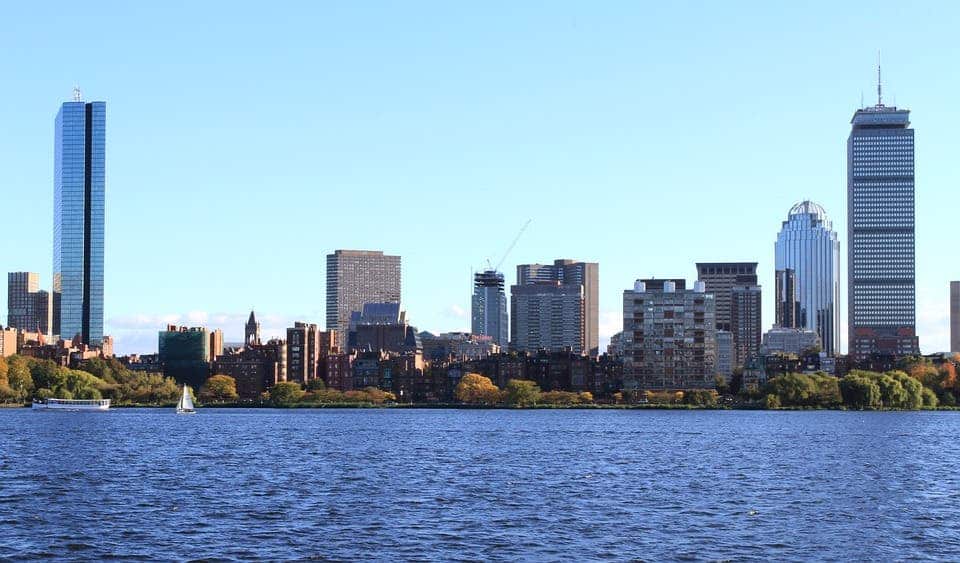Environmental cleanups make economic sense, a new study reveals.

Image via Pixabay.
A first-of-its-kind retrospective study shows that environmental cleanup projects do pay for themselves — and then some. The analysis focused on the Boston Harbor area, which used to be famous for being the dirtiest harbor in America, according to the team.
The results show that while costing $5 billion to perform, the clean-up netted between $30 and $100 billion to the community in environmental costs. Needless to say, such a massive return on investment makes similar projects very attractive in the future.
Clean money
“The Boston Harbor cleanup led to a significant increase in private investment, and economic growth along the waterfront has outpaced the city’s overall rate of increase,” says Dr Di Jin, lead author of the study from the Woods Hole Oceanographic Institution, USA.
“This shows that we need to give more consideration to ecosystem service benefits when evaluating policy options.”
By the 1980s, the Boston Harbor was less of a harbor and more of a tragedy. Raw sewage and wastewater discharges turned the waters into stomach-churning glops, which severely constrained recreational activity in the area. It also affected marine habitats and wrecked water quality.
Things got so bad that in 1986, local courts had to step in and order that things be set right. A new treatment plant was constructed in the area and various other cleanup projects were undertaken. Judging by the state of the Harbor today, these initiatives were a runaway success.
However, they also offered scientists a unique research setting. At their time, these cleanup efforts weren’t expected to be cost-effective — if anything, they were seen as a necessary expenditure. That view is wrong, the team reports. However, it’s one that that still permeates how we do things today — with potentially horrendous effects on our environment.
“Most environmental cleanup cost-benefit analyses are for proposed future projects, using projected benefits rather than known outcomes,” says Jin.
“Decision makers consider the value of an area at the time of proposal, when the area is most polluted, rather than the value an unpolluted area could have post-cleanup.”
Assuming that polluted coastal areas have very little (in terms of value) to offer society often pushes them to the bottom of the list of priorities, while industrial or residential developments take the limelight. Dr. Jin and his team wanted to show how important it is to consider the environmental value of an area post-cleanup rather than pre-cleanup.
The paper looked at the (healthy) ecosystem of the Boston Harbor today and compared it to how it was at its most polluted — that latter point, incidentally, is also when the original cost-benefit analyses were conducted. The team developed an economic evaluation model based on the value of services healthy ecosystems provide to society. This works by considering each type of terrain in the studied area — beaches, salt marshes, and oyster beds in the case of Boston Harbor — and estimating the overall value that each ecosystem in the area can have. For example, clean waters can support fish stocks and are pleasant to wade through — which adds economic value via fishing and recreational activities.
Based on this model, the researchers estimated the current ecosystem value of Boston Harbor at between $30 and $100 billion dollars. They hope their work highlights the potential benefits of environmental cleanup and ecosystem restoration.
“The costly project used almost 5 billion dollars of taxpayers’ money,” says Jin. “Yet this represents just 5%-16% of the total capitalized value of the ecosystem.”
“Pollution control and cleanup is a common challenge facing many urban harbors around the world,” says Jin. “We hope that our study will provide useful information to decision makers and the public facing similar decisions on the viability of ecosystem restoration projects.”
The paper “Evaluating Boston Harbor Cleanup: An Ecosystem Valuation Approach” has been published in the journal Frontiers in Marine Science.


